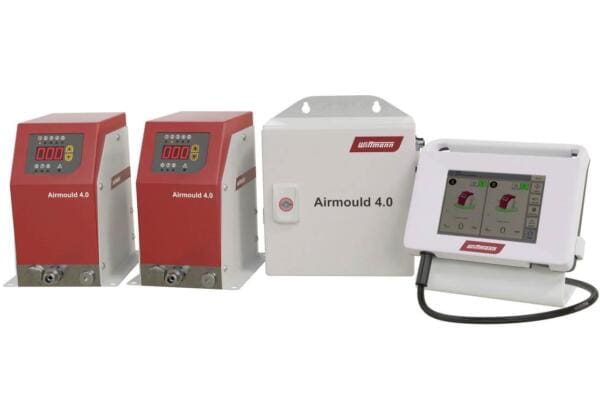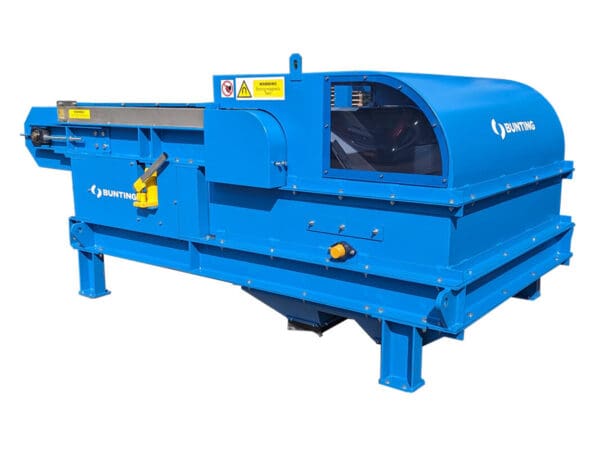
Sustainability and Conservation of Resources by Using Wittmann Airmould Internal Gas Pressure Technology
Airmould is a process by which nitrogen is injected into a mould cavity partly or completely filled with melt to form an internal cavity structure.
In this way, lightweight components can be produced within a short cycle time and simultaneously with high-quality surfaces while saving resources as well. All components required for this process have been developed and are produced in-house by WITTMANN BATTENFELD.
With the further development of this technology – brought to market as Airmould 4.0 – a system has been created which meets the industry’s demand for easy operation and compactness and offers its users a number of advantages. Airmould 4.0 is an internal gas pressure system which no longer requires a large control cabinet, thus saving customers valuable space on the production floor. The necessary pressure control modules have also been further downsized and thus become very compact. As a result, they can now be mounted and used flexibly on any injection moulding machine. For easier operation, Airmould 4.0 can be fully integrated in the Unilog B8 or B8X control system of WITTMANN BATTENFELD machines. For use on machines of other brands, the user-friendly operation is also ensured via the WITTMANN Group’s standardized manual control terminal.
In times when CO2 footprint and conservation of resources are buzzwords, the Airmould technology has become more and more significant for users. This process saves resources in more than one way. Firstly, the use of this technology saves plastic material. Secondly, these material savings lead to a reduction in part weight, which is of great benefit, especially for the automotive and mobility sectors by reducing, in turn, the required energy input. Since nitrogen gas is injected exclusively into the interior of the cavity in internal gas pressure injection moulding, there are no limitations whatsoever to the quality of the parts’ surface finish compared to compact injection moulding. On the contrary: with Airmould, the gas assumes the function of holding pressure and counteracts component shrinkage from the inside. As a result, it reduces the formation of sink marks and warpage. This aspect is of major significance primarily for thick-walled parts.
Typical applications for Airmould technology are bar-shaped parts. These include all kinds of handles, levers, brackets and hangers for weight reduction, such as door handles for the automotive sector. Additional examples are components for white goods or home and garden tools, where material savings substantially affect costs. Some further common applications are media lines and tubes for the automotive sector and parts for the furniture industry, such as components for tables and chairs.
Apart from bar-shaped geometries, Airmould can also be used for flat parts with ribs, such as panels and covers, or beverage crates and tabletops. Here, the nitrogen is injected precisely into the rib structures in order to prevent sink marks on the surface of the opposite side. Moreover, this process is also suitable for flat parts with local bulges. Typical examples here are car outside mirrors, housings or reusable boxes.
For more news from WITTMANN BATTENFELD UK, click here.
WITTMANN
01933 275777
Website
Email






